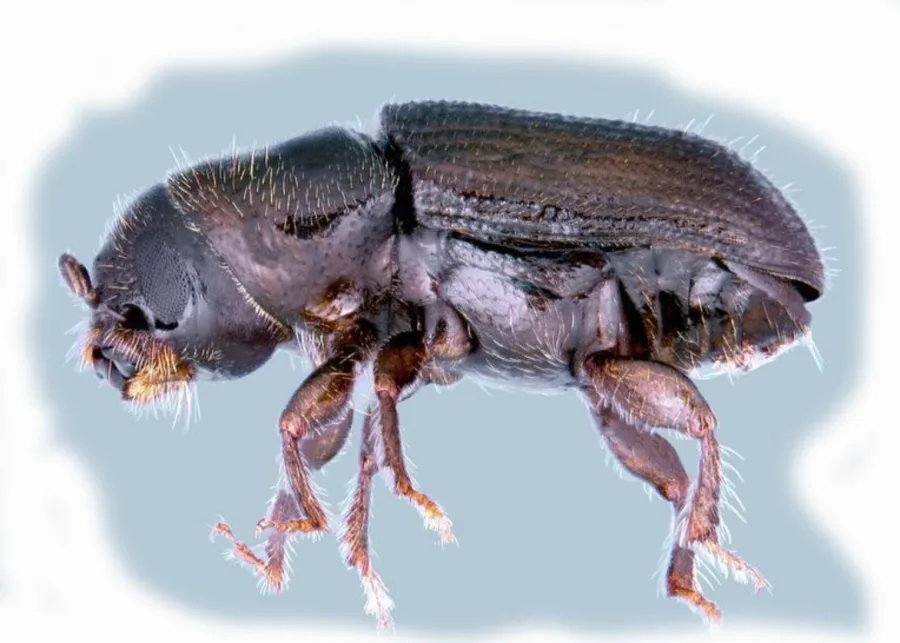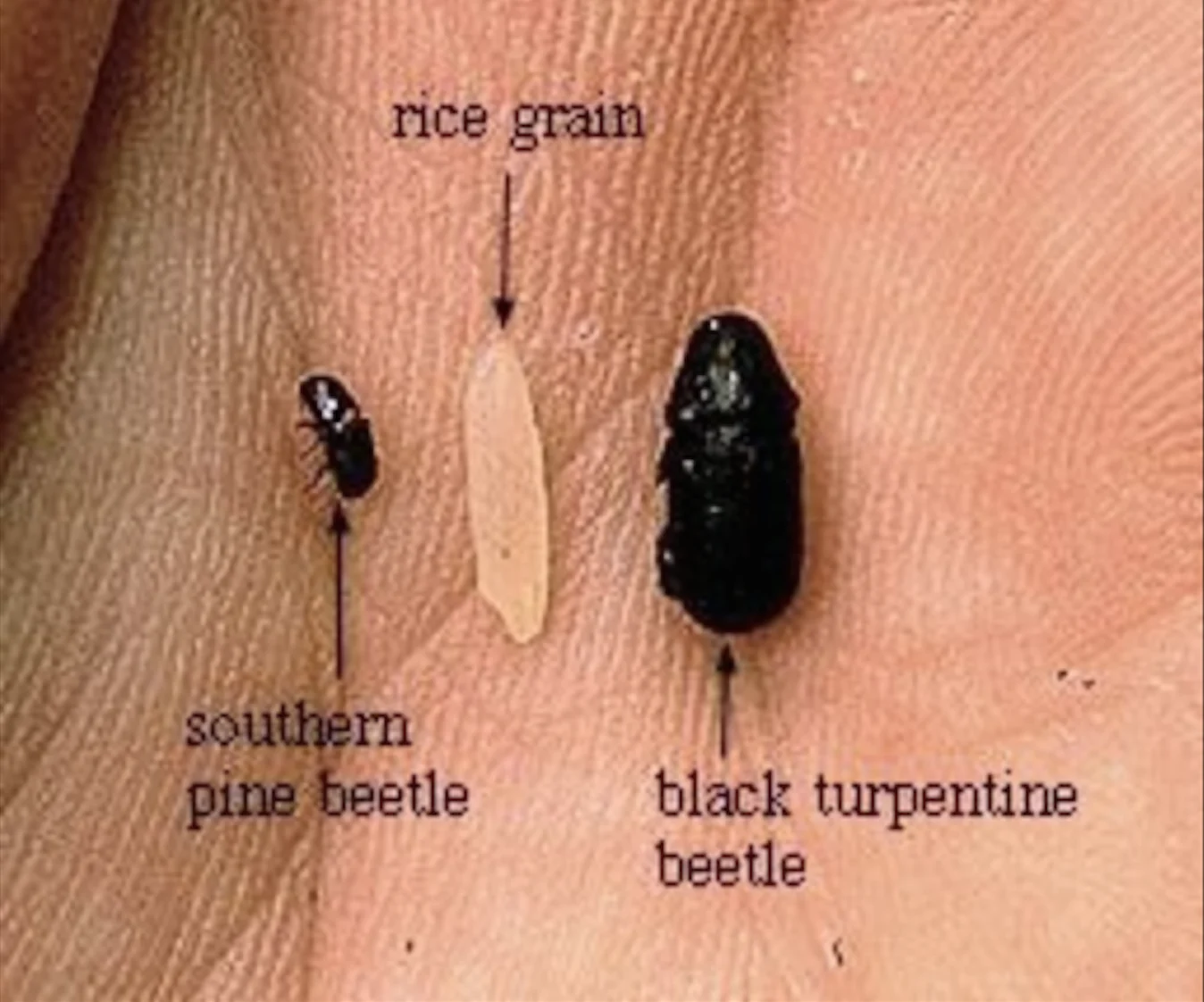
How to protect your trees from invasive insects
Although small, the southern pine beetle cuts a nasty trail. Native to the southeastern United States, the beetle has killed millions of acres worth of pine trees, costing the U.S. timber industry $1 billion in losses between 1999 and 2000.
According to a Columbia University study, the southern pine beetle is expanding its territory north and could reach Nova Scotia by 2020.
To make matters worse, researchers at Dartmouth College have found that the southern pine beetle is more destructive in cold climates. Once the temperature drops below 10 degrees Celsius, the development of larvae is halted as pupae, leaving them to emerge as adults in the spring in concentrated numbers.
“The way they kill trees is by attacking in large numbers, like a pack of wolves killing a moose,” Matthew Ayres, co-author of the Dartmouth College study, told the CBC.
With the migration of the southern pine beetle, and the presence of already established invasive insects in Canada — such as the emerald ash borer and the mountain pine beetle — we’ve spoken with some experts, gathering tips on how cottagers can best protect their trees from invasive insects.
LET THE WOOD LIE
“Firewood acts as a pathway for invasive insects,” says David Nesbit, the partnership and science manager at the Invasive Species Centre in Sault Ste. Marie. Invasive insects lay their eggs beneath the bark of trees. If those trees are cut down for firewood and then relocated to a new area, it can help spread the invasive insect. Nesbit recommends buying firewood that has been harvested locally and properly checked. So, if you have left over firewood at home, leave it there. Do not bring it to the cottage, he says.

Image: Southern Pine Beetle (left), grain of rice (center), Black Turpentine Beetle (right) (U.S. Forest Service image via Wikipedia/Creative Commons)
CUT THOSE STRESSED TREES OUT
Nesbit says it’s important to keep an inventory of the trees on your property in order to monitor their health. A tree that is stressed or dying is most vulnerable to an invasive insect because it struggles to defend itself with sap and pitch tubes the way a healthy tree would. Thin out your property by cutting down dead and stressed trees, and diversify the types of trees on your property. Invasive insects are more likely to kill one type of tree rather than a variety.
It’s also smart to avoid pruning your trees between April and July, says Dan Rowlinson, the forest health field coordinator for the ministry of natural resources and forestry. This is when invasive insects are most active and they tend to be attracted to the sap flow produced by the wounds.
EDUCATE YOURSELF
It’s very important to learn the signs and symptoms of these invasive insects, Rowlinson says. There are lots of resources online, such as the Forest Invasives Canada website and the ministry of natural resources and forestry website. The sooner you can identify the presence of an invasive insect, the better chance there is of stopping it.
REPORT IT
The best thing you can do if you believe your property is infested with an invasive insect, Rowlinson says, is to report it immediately to the ministry. They have a hotline set up for that very purpose. Eradicating the insect depends on the species and should be left to the experts. If you notice the signs and symptoms of an invasive insect, call the ministry of natural resources and forestry at 1-800-563-7711.
As Nesbit says, “An ounce of prevention is worth a pound of cure.”
WATCH BELOW: BEATLE MEMORIAL TREE KILLED BY REAL BEETLES!
This article was originally published for Cottage Life





